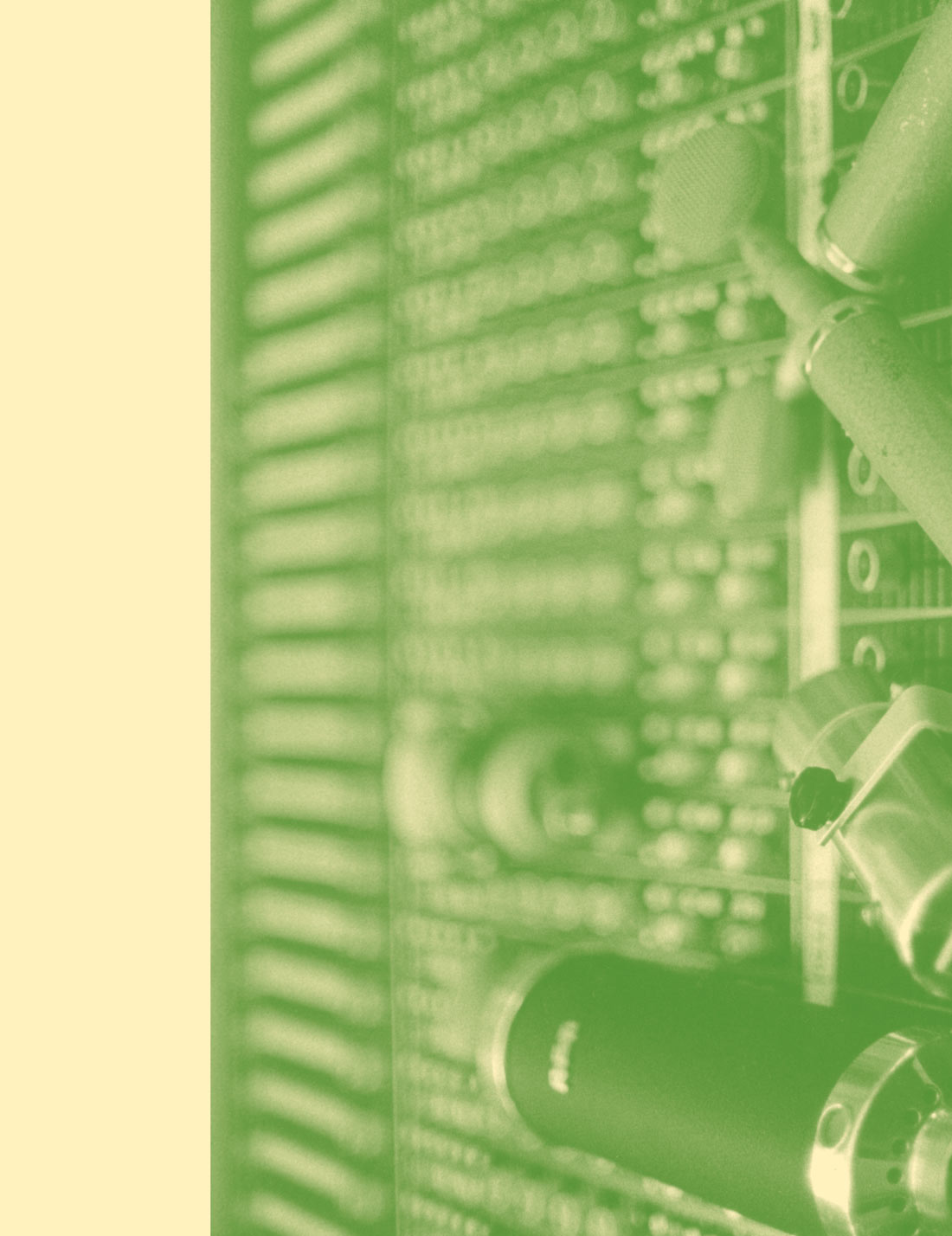Over the years there have been many devices that have claimed to recreate room ambiences artificially, which is not entirely untrue. Yet it is to be noted that most of these devices have more pages to go through than an encyclopedia, and by the time you have dialed your parameters in, you have forgotten what instrument you were putting it on. But there was always one unit that has stood out as sounding great yet making it terribly easy for the end user to just plug and play. And the unit I speak of is the classic, never replicated Ursa Major Space Station-well, never replicated until now. Mr. Christopher Moore, the original designer, has come up with a faithful, yet more compact version of the UMSS. While the original occupied many spaces in your racks, the new one takes up the space of two packs of cigarettes, yet it still has all of the same controls and parameters as the original and looks more like a mini LARC. There are only two major differences between old and new. First is that processing power as we all know has gotten faster and also more compact-this concept applies to the new UMSS. Just think how big computers were in 1978, and just think of how much smaller and faster they are now, so don't let size fool you in this matter. Secondly, this unit has AES/EBU interfacing so you must furnish your own converters if you are using it in analog operation, which should not be that hard to do these days, while 25 years ago that was a little more of a challenge. But let's get right down to it. I A/B'd the new UMSS with my original, and in all actuality, the ability to tune in the parameters a little more finely and being able to hear the nuances a lot better with newer converters makes the new one a better unit off the bat.
But as far as a faithful recreation, I have never seen such time and care taken in a reproduction of a digital unit; probably because nobody reissues hardware versions of great devices like this. The programs in this unit are exactly the same for all who have used the original and work the same old magic. But the one thing that I did want to go into on this unit is the new room program that everybody must try. I was just mixing a record and could not get a vocal 'verb that would work for me, and like the Holy Grail, the new room program came through for me. I have never heard such a great sounding room 'verb sound in a box in my life. I mean this is actually a great sounding space. The program provides everything you need without the wanton digital hash that most room programs give you. The other reason that this unit works and sounds great is that there are no menus or pages to go through; all of your reflection, decay, and mix times are on knobs right in front of you, so there is no time wasted in this process. To sum it all up, the UMSS was already a classic, but now it will become immortal because it is being given a new life for a new generation of engineers to enjoy. The reissue also allows the older generation to rediscover it all over again. ($1395 MSRP; www.sevenwoodsaudio.com)




_disp_horizontal_bw.jpg)